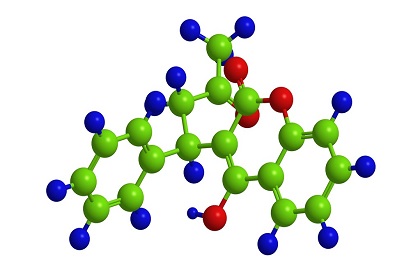Search
Have you ever felt discomfort during exercise like shortness of breath, chest pain, numb and sharp pain on your arm or lower jaw?
Actively participating in a variety of sports is becoming a healthy lifestyle. However, along with the increase of the exercise intensity, the risks of sports-related cardiovascular problem also increases. There are more and more reports of sudden cardiac death (SCD). Our advice for amateurs and professional athletes is to do a cardiopulmonary exercise testing to rule out the risk of latent cardiovascular diseases, to prevent the risk of sudden death, and to reach a better exercise effect.
What is the sudden cardiac death (SCD)?
Most cases of sudden cardiac death (SCD) are caused by malignant arrhythmia, which is often ventricular Tachycardia (VT) or ventricular Fibrillation (VF). For individuals with heart diseases like hypertrophic cardiomyopathy and arrhythmogenic right ventricular cardiomyopathy, competitive sports can increase VT/VF risks.
Even though SCD rarely happens, once it does it can lead to disastrous consequence. Among young SCD victims, although the causes of death in most cases are unclear, many of them have undiagnosed cardiovascular diseases. Therefore, it is necessary to have a screening as soon as possible and take preventive measures suggested by doctors to lower the SCD risk.
What diseases are the origins of SCD risk?
For those with basic cardiovascular disease, competitive and recreational sports can increase the SCD risk. The risk is related to the severity of basic disease and exercise intensity. Among group under the age of 35, SCD is mostly caused by basic structural heart disease; among those above 35, the SCD is more likely to be caused by coronary disease. In daily life, it is advisable to pay particular attention to the screening of relevant diseases.
What symptoms during exercise should be taken seriously?
Pay attention to the exercise-related chest pain, especially lasting one. If you feel shortness of breath, numbness and sharp pain on the left arm or lower jaw that you have never experienced, you should be careful. In addition, unusual weariness should not be ignored. If you find that you cannot run as far as before, please see a doctor as soon as possible.
How to do the screening?
Like the screening of other diseases, the screening of heart disease before exercise aims to identify SCD risk and mainly improve the prognosis through exercise restriction/adjustment or other specific therapies for basic disease.
The screening methods depend on age and expected intensity of exercise, competitive or recreational. Normally it includes initial risk assessment, standard 12- lead ECG, and exercise stress test.
Initial risk assessment: Based on consultation, analysis on available material, patient’s medical background, doctor will develop further examination plan.
Examination plan: Standard 12-lead ECG and exercise stress test
Standard 12-lead ECG: One of the most extensive examinations in clinical applications that can show the electrical activities of the heart.
Exercise stress test: It includes treadmill test or CPET (Cardiopulmonary Exercise Test). It increases cardiopulmonary load through exercise (treadmill or bicycle) to observe the changes in the ECG during exercise and the functional change of the cardiopulmonary system.
Safety assessment: The doctor assesses the safety of exercise according to the result of your examinations, and proposes a further examination/treatment plan.
Please follow doctor’s guidance to choose the package you need
Click the link for more information on Cardiovascular Medicine Clinical Service









